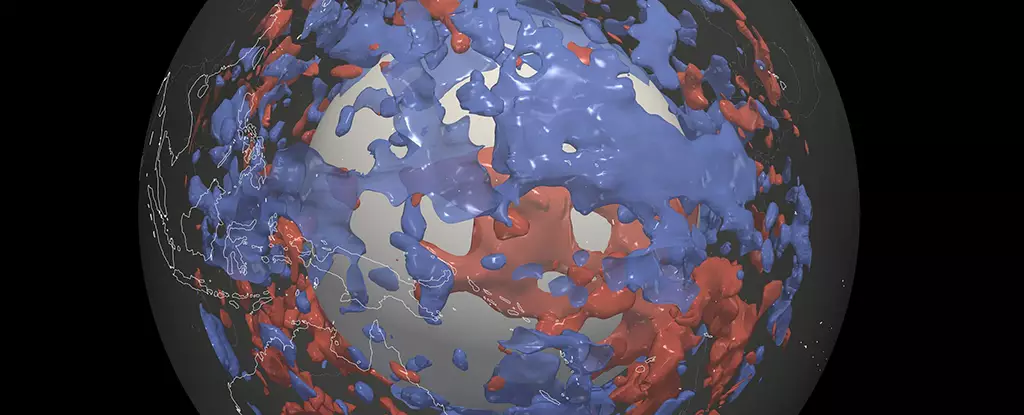Seismic waves, akin to the music that reverberates through the walls of a vibrant nightclub, have become invaluable tools for earth scientists in the quest to understand our planet’s intricate interior. For over a century, these waves have provided critical insights into the composition and dynamics of Earth’s structure. Each wave type responds differently as it encounters varying geological materials, allowing researchers to infer a wealth of information about situations far beneath our feet. Yet, despite this extensive history, our understanding has been limited by technology, primarily relying on recognizable wave patterns and basic processing methods.
This scenario has recently changed, thanks to advancements in supercomputing. Researchers at ETH Zurich and the California Institute of Technology have harnessed the power of the Piz Daint supercomputer, enabling them to analyze a comprehensive range of seismic wave data. The capability to process a broader spectrum of waves facilitates a more nuanced and refined understanding of Earth’s lower mantle, potentially changing prevailing theories about tectonic structures.
The new findings from the research team are nothing short of remarkable. Their analysis has revealed substantial, high-density rock formations within the lower mantle that closely resemble ancient tectonic plate fragments. These remnants, which had been expected to settle in the vicinity of their origins during tectonic interactions such as subduction, are instead appearing in unexpected locales. For instance, one significant area of interest is beneath the western Pacific Ocean, far removed from known subduction zones.
The implications of locating these enigmatic structures are profound. Thomas Schouten, a prominent earth scientist involved in the study, has noted that the presence of such formations suggests a more complex landscape within the Earth’s mantle than previously acknowledged. Instead of being confined to limited regions, these remnants might be more widespread, complicating our existing models of tectonic dynamics.
Schouten further posits that the origins of the detected structures could be multifaceted. Traditionally, tectonic subduction is seen as the primary mechanism for such remnants to sink into the mantle, but the findings imply that other processes may also contribute to their distribution. The seismological waves analyzed in this study provide a singular perspective—namely, the speed at which they travel—and relying solely on this metric can risk oversimplification.
It is crucial to delve deeper into the geological materials that give rise to these velocities. The possibilities range from ancient, silica-rich substances that have endured since the Earth’s formation to accumulations of iron-rich rocks shaped by the slow but relentless currents that define mantle flow. Each type of material could tell a unique story about the geological history of the Earth, intermingling ancient formations with those shaped by relatively recent tectonic events.
The revelations emerging from this sophisticated seismic study open new pathways for geological investigation. Among the most pressing questions arises from the shapes detected within the Pacific mantle—are they remnants of tectonic plates, or do they represent something entirely different? Understanding the material composition of these structures is pivotal for scientists, as each fragment undoubtedly carries a narrative reflecting a specific chapter in Earth’s extensive geological saga.
Additional research will be required to fully uncover the nature of these hidden structures beneath the surface. This knowledge could enhance our understanding of not only Earth’s physical composition but also the various forces that have shaped it throughout eons. By employing advanced computational techniques and innovative analytical frameworks, scientists are poised to deepen their insight into the enigmatic world below our feet—a world that, remarkably, continues to hold surprises that challenge our prevailing assumptions.
This study exemplifies how technological advancements can extend human knowledge far beyond previous limitations. As we continue to investigate these surprising tectonic remnants, each new discovery unveils not just facts, but an intricate tapestry of Earth’s geological history that tells the timeless story of our planet’s evolution.


Leave a Reply